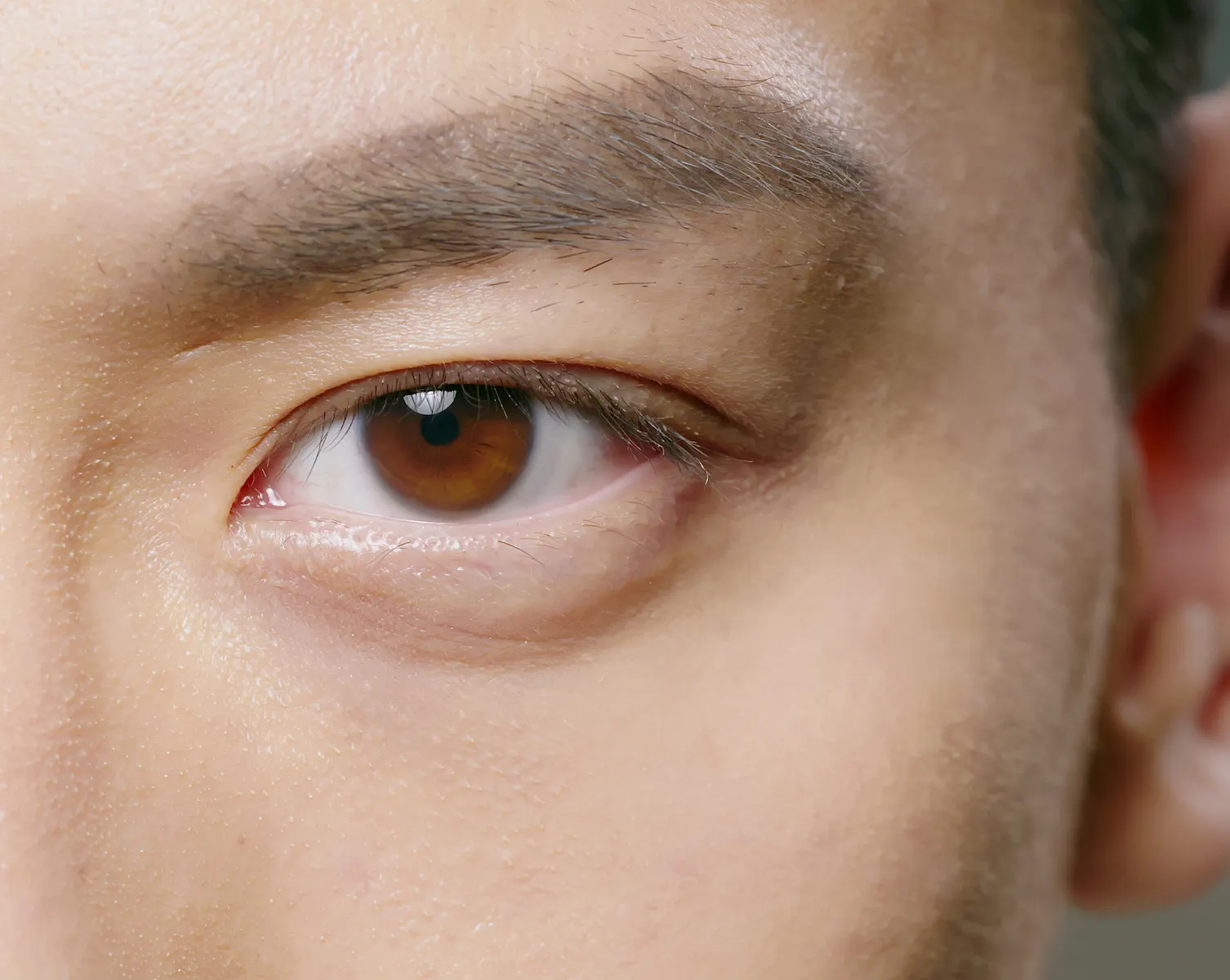Photorefractive Keratectomy (PRK)
Photorefractive Keratectomy (PRK) was FDA-approved in 1995 as an effective method of laser vision surgery. This pioneering procedure was the precursor to the more popular LASIK and SMILE surgeries. However, PRK continues to serve as an effective means of vision correction, especially for those who are not good candidates for other forms of laser vision correction.
The procedure of PRK has evolved since its inception, making it more safe and accurate. The introduction of wavefront technology has taken precision to a new level by allowing detailed mapping of the eye’s optical system, thus significantly reducing side effects such as regression, glare, and halos. Another major step was the advent of “eye tracking” technology. This innovation tracks the patient’s involuntary eye movements during surgery and automatically adjusts the laser’s position, ensuring optimal treatment accuracy.
Advantages of PRK
Some of the advantages of PRK are:
- No creation of a corneal flap: Unlike LASIK, PRK does not involve cutting a corneal flap. Instead, the laser is applied directly to the surface of the eye following removal of the epithelium. Thus, PRK can be a safer option for individuals with thin corneas or lifestyles/occupations that put them at risk for eye injuries, such as athletes or military personnel.
- Long-term studies: As PRK was the first type of laser eye surgery approved by the FDA, more long-term data is available on its safety and effectiveness.
- Ability to retreat: If further correction is needed after the initial surgery, it is often easier to perform repeat surgery than other types of refractive surgery.

There are three steps to performing PRK. The first step is removing the most superficial layer of the cornea, the epithelium. This
Trusted Source
Clinical outcomes of transepithelial photorefractive keratectomy versus femtosecond laser assisted keratomileusis for correction of high myopia in South Egyptian population
Int J Ophthalmol
Go to Source
process
can be done in several ways: manual debridement, laser ablation (transepithelial), and application of diluted
Trusted Source
Alcohol debridement of the corneal epithelium in PRK and LASEK: an electron microscopic study
Invest Ophthalmol Vis Sci
Go to Source
alcohol.
The studies have shown no
Trusted Source
Comparison of visual and refractive results after transepithelial and mechanical photorefractive keratectomy in myopia
Int Ophthalmol
Go to Source
significant
differences in the
Trusted Source
Alcohol-assisted versus Mechanical Epithelium Removal in Photorefractive Keratectomy
J Ophthalmic Vis Res
Go to Source
outcome
among different methods of epithelial layer removal.
The second step is the laser reshaping of the cornea. This step is the same as with LASIK. The third step is the application of an antimetabolite medication, Mitomycin-C. The application of this medication has been shown to
Trusted Source
Alcohol-assisted versus Mechanical Epithelium Removal in Photorefractive Keratectomy
J Ophthalmic Vis Res
Go to Source
reduce
scarring and haze formation, especially for treatment above – 5.00 diopter. The bandage contact lens is placed on the cornea to promote corneal healing and is removed once the corneal epithelium regenerates to cover the surface of the cornea.
Dr. Paul C. Lee at CCRS has been performing PRK with a high success rate since 1998. If you want to find out more about PRK, you can schedule a free screening examination at CCRS.
